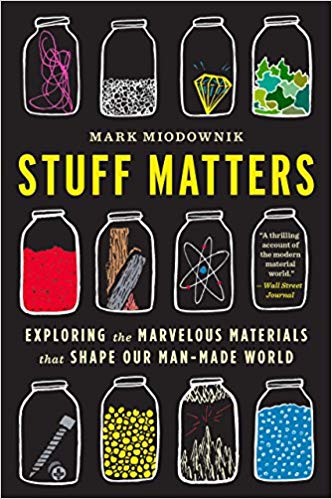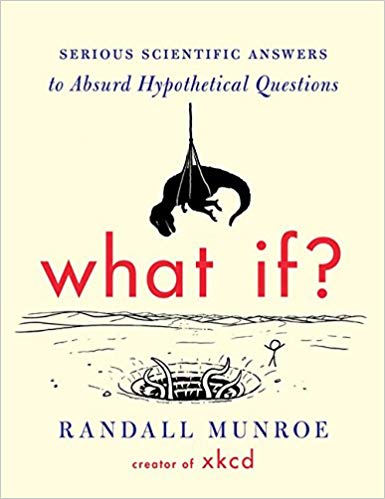When you’re a writer married to a lawyer, and you undertake homeschooling together, subjects like science pose a challenge.
It’s not that we’re not interested in science. Few things cultivate my awe and worship of God like understanding how our world operates, on both an incomprehensibly small scale and an incomprehensibly large scale. It’s just that we don’t think like scientists. When it comes to teaching our children, Darren and I know formulas and facts, but don’t immediately ask why and how the physical world actually works. I have, in fact, been known to sum up a scientific phenomenon as, “It’s magic. Let’s move on to literature.”
Fortunately, over the years we’ve come across a few happy combinations of story and science. Three books in particular have made science more accessible to our family.
The Physics of Superheroes by James Kakalios
I found this book years ago. It’s based on a seminar that the author gave at the School of Physics and Astronomy at the University of Minnesota. He explains scientific concepts such as force and motion, friction, conduction and convection, and even atomic physics. But he does so by answering questions like:
- How high could Superman really leap?
- Could the Flash really catch a bullet fired from a gun?
- How does Iceman generate his freeze rays?
- Could the Fantastic Four and Dr. Doom really face off on an atomic level in a “microverse” that fits on a microscope slide?
Each chapter also includes a short history of whichever comic book hero he’s talking about, providing some interesting pop culture context as well. Amid today’s onslaught of superhero movies and shows, this book has turned out to be even more relevant now than when it came out in 2005.
Stuff Matters by Mark Miodownik
This was Darren’s choice to read aloud during one February (a month in which we operate on a reduced school load). The book explores the history, composition, and function of many materials that make up our everyday life. The author, a professor of materials and society at University College London, is deeply fascinated by everything from steel to concrete to glass to plastic to chocolate. The book makes you stop and look at everything around you in a new, rather wonder-filled kind of way.
What If…? By Randall Munroe
This is a family favorite. The book is written by the author of the XKCD web comic—a man with an amazing facility for communicating via stick figures. The book asks wildly hypothetical questions such as:
- From what height you would need to drop a steak for it to be cooked when it hit the ground? (“I hope you like your steaks Pittsburgh Rare. And you may need to defrost it after you pick it up.”)
- If someone’s DNA suddenly vanished, how long would that person last? (“If you lost your DNA, you would suddenly be about a third of a pound lighter. I don’t recommend this strategy. There are easier ways to lose a third of a pound.”)
- What would happen if you made a periodic table out of cube-shaped bricks, where each brick was made of the corresponding element? (“Do not build the seventh row.”)
As the parenthetical quotes suggest, Munroe not only explains scientific concepts in accessible terms, but his asides and footnotes are cheeky and funny. And spoiler, nearly every question ends with “and we’d all die in a fiery cataclysm.” This book will at least make you appreciate the delicate balance of our universe.
I highly recommend these books for an understandable discussion of science. They’re informative, readable, and a big improvement over my default explanation for the universe.
Do you have any favorite science books?
—Sara
Photo Credit: iStock.




